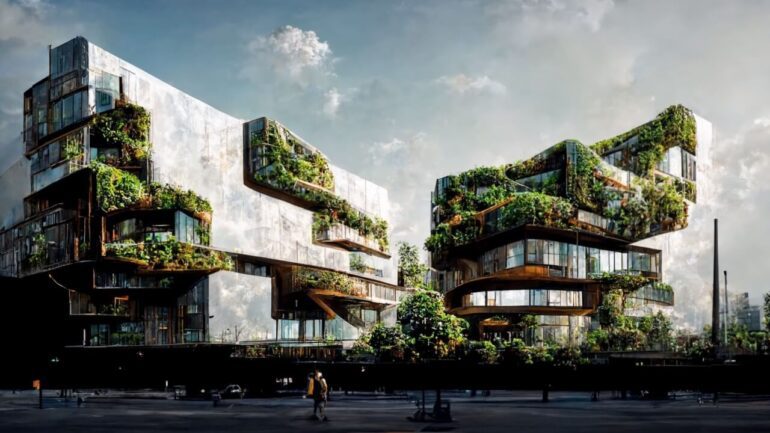TL;DR:
- Buildings contribute to 40% of global emissions.
- Traditional decarbonization methods are costly and inefficient.
- AI-driven approaches offer over 100-fold improvement in planning speed.
- AI can deliver significant ROI for real estate portfolios.
- McKinsey outlines seven key components for optimal decarbonization plans.
- Challenges include supply chain scaling and workforce training.
- AI-backed approaches simplify planning, accelerate processes, and reduce costs.
Main AI News:
In the quest to combat climate change, the transformation of the building sector holds immense promise. Buildings, responsible for a staggering 40% of global combustion-related emissions, are pivotal in achieving net-zero carbon building stock by 2050. However, the traditional avenues of decarbonization, with their energy audits and building-specific strategies, have proven laborious and costly. McKinsey, a leading voice in the business world, asserts that AI-driven approaches are the game-changers we need.
The McKinsey experts point out that AI-driven approaches bring a seismic shift, offering a more than 100-fold increase in the pace and scale of decarbonization planning compared to their traditional counterparts. Gone are the days of relying on vague building archetypes; AI brings precision and efficiency to the forefront.
A critical aspect of this AI-driven transformation is the potential for substantial returns on investment for real estate portfolios. Assuming certain conditions, such as no incremental future regulations or carbon pricing, AI can empower building owners and occupants to recoup their investments through energy savings, capital cost optimization, and avoidance of regulatory penalties.
The features of an optimal building decarbonization plan, as highlighted by McKinsey, are crucial in realizing these benefits. Seven key components can be optimized using AI and machine learning methods:
- Efficient net-zero planning: Coordinated and comprehensive plans for the entire portfolio, breaking away from selective approaches.
- Asset-specific plans: Tailored strategies that consider unique aspects of each building, from layout to insulation.
- Complete pathways to net-zero: Avoiding partial plans and embracing forward-looking decisions for long-term success.
- Integrated Scope 1 and Scope 2 plans: Combining energy efficiency and electrification strategies for enhanced efficiency.
- Actionable steps: Providing clear instructions for swift execution and efficient communication.
- Quantification: Precise plans that offer detailed insights for financial planning, including costs and benefits.
- Net-zero-oriented decision-making: Integrating decarbonization plans into organizational operations for seamless execution.
Yet, challenges remain, including scaling supply chains to meet growing demand and training skilled workers for retrofits and electrification efforts. Nevertheless, McKinsey underscores that AI-backed, full-life-cycle approaches to decarbonization simplify planning, accelerate processes, and reduce costs, offering a promising path forward in the mission to address building-related emissions.
Conclusion:
The adoption of AI in building decarbonization, as highlighted by McKinsey’s insights, marks a transformative moment for the market. With its potential to drastically improve planning efficiency, deliver significant returns on investment, and streamline decarbonization processes, AI is poised to become a driving force in the pursuit of sustainable and environmentally responsible real estate practices. Building stakeholders should take heed of this technological revolution to stay competitive and contribute to a greener future.

